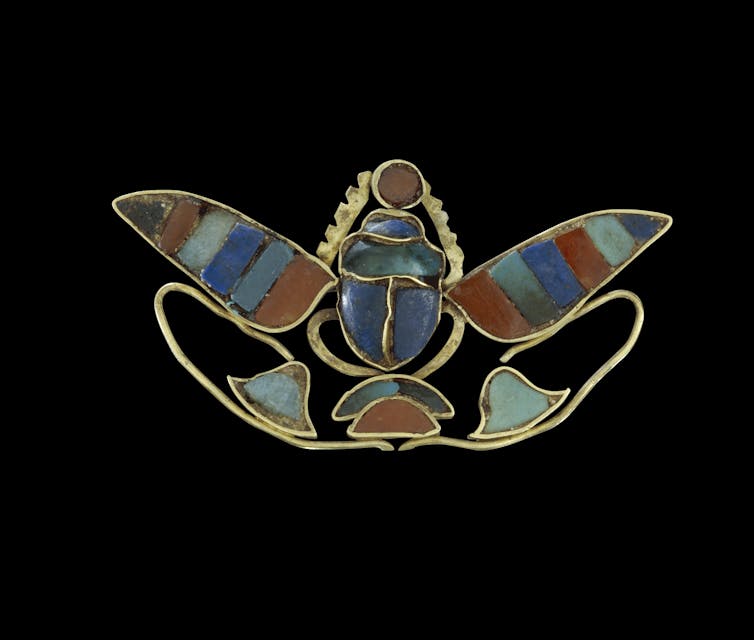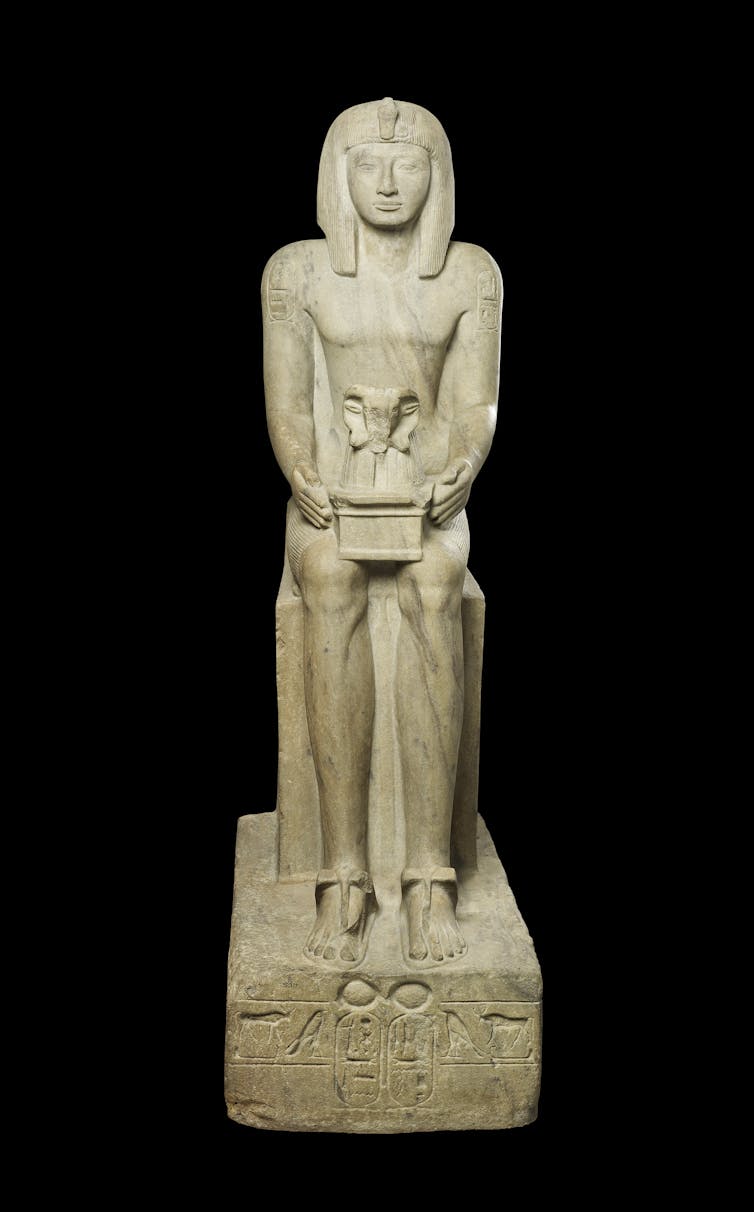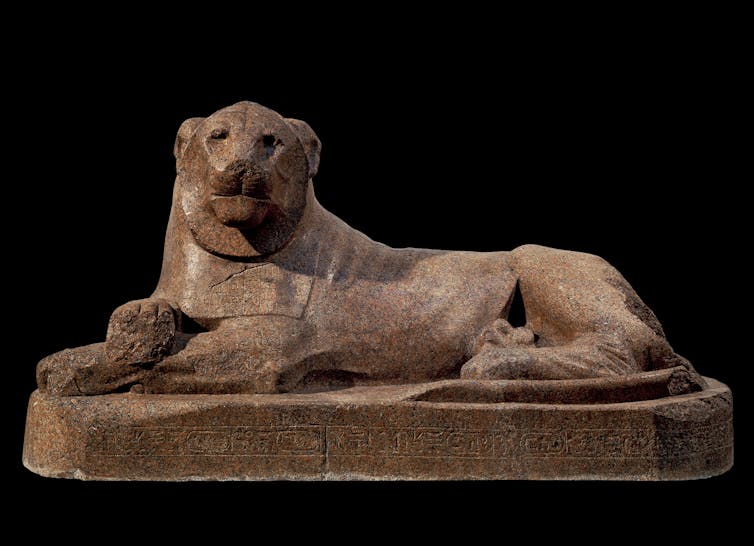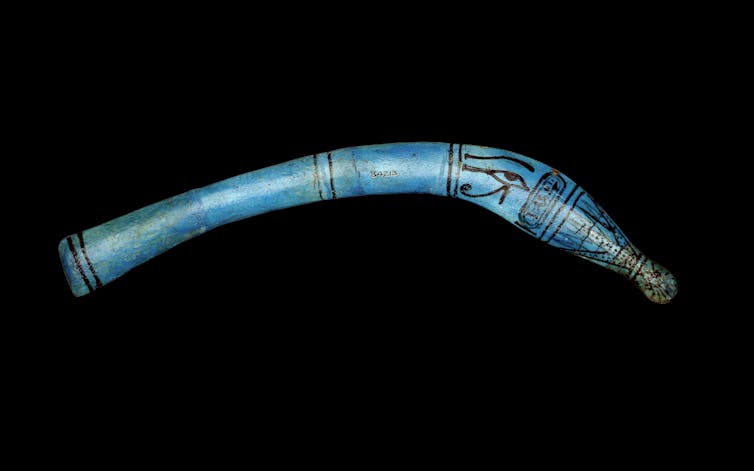 |
| One of Kidill's punk and otherworldly designs from the new collection in Paris. Photograph: Elli Ioannou |
In the heart of Paris, the Expiatory Chapel was an evocative backdrop for the latest spectacle by Kidill. This historic monument, located in the 8th arrondissement, is a poignant symbol of commemoration and reverence, making it an unexpected stage for the Japanese label's Spring/Summer 2025 collection. This juxtaposition of history and avant-garde fashion encapsulates the brand's essence: merging tradition with radical contemporary expression, writes Antonio Visconti. Photographs by Elli Ioannou
 |
The chapel looms in its neo-classical elegance above the gardens and tombs of the Swiss Guards in Paris.
|
THE Expiatory Chapel, nestled in the Madeleine district within the Louis XVI square, carries deep historical significance. Constructed between 1815 and 1826, it honors the victims of the French Revolution, particularly the royal couple, King Louis XVI and Marie Antoinette.
Classified as a historic monument since 1914, the chapel's solemn architecture and lush garden set the scene for Kidill's bold and rebellious presentation, creating a compelling narrative that intertwined the past with the future. Hiroaki Sueyasu, the creative director behind Kidill, drew inspiration for this collection from a unique source: his creative exchange with the musical duo Ho99o9.
The band's intense energy and distinctive style profoundly influenced Sueyasu. This marks the first time he has crafted a collection directly inspired by individuals, signaling a new direction in his creative journey. The Japanese designer was captivated by the Tokyo vibe emanating from Ho99o9, blending this with the eclectic street style of Harajuku, particularly the whimsical "Lolita" fashion. This fusion of punk and Lolita styles is evident throughout the collection, showcasing a dynamic interplay between dark, edgy elements and playful, intricate details.
The chapel's solemn architecture and lush garden set the scene for Kidill's bold and rebellious presentation, creating a compelling narrative that intertwined the past with the future
 |
Punk futurism melded with streetwear inspired by Tokyo |
The SS25 collection features 30 hand-crafted looks that encapsulate Kidill's signature punk aesthetic while pushing the boundaries of conventional fashion. Deconstructed pieces from vintage metal band t-shirts highlight the collection, reflecting Sueyasu's admiration for DIY culture and the raw, unrefined beauty it represents.
The inclusion of a shoulder bag with tattered and eroded fabrics adds a tactile dimension to the collection, evoking a sense of history and wear.
Sleeveless suit jackets and vintage suit pants, created by skilled tailors, juxtapose the roughness of deconstructed elements with the precision of traditional craftsmanship. This blend of old and new, chaos and order, is a testament to Sueyasu's innovative approach to fashion design.
A notable highlight of the collection is the collaboration with Umbro, which brings a sporty edge to Kidill's punk-inspired pieces. Track jackets and game shirts, reimagined with the label's distinctive flair, merge athletic wear with high fashion. This partnership not only broadens the appeal of the collection but also reinforces the brand's ethos of breaking down barriers and challenging norms.
Sueyasu's collection is also rich with symbolic details that enhance its narrative depth. The myriad of zippers and padlock fastenings, sleeveless denim vests, and the symbolic use of laces all contribute to a cohesive aesthetic that embodies the spirit of customization and individuality. These elements, influenced by Ho99o9's stage costumes and personal style, infuse the collection with a sense of authenticity and rebellion.
This blend of old and new, chaos and order, is a testament to Sueyasu's innovative approach to fashion design, rich with symbolic details that enhance its narrative depth.
 |
Ho99o9 is the inspiration for Sueyasu;s latest collection |
The influence of artist Kae Tanaka is evident in the graphics and embroideries that adorn several pieces in the collection. Tanaka's work, characterized by its intricate and thought-provoking designs, complements Kidill's avant-garde aesthetic. This artistic collaboration adds another layer of complexity to the collection, highlighting the intersection of fashion and art.
A recurring motif in the collection is the code "999," which holds a special significance for both Sueyasu and Ho99o9. This number, an inversion of the number 666, symbolizes a new stage of evolution and boundless possibilities.
It represents a progressive mysticism that aligns with the current state of mind of Sueyasu, embodying a sense of hopeful defiance and forward-thinking.
Ho99o9's eclectic blend of digital hardcore, punk, and trap-infused hip hop has carved a unique niche in the music world. Their volatile sound, which incorporates elements of industrial, metal, and noise, mirrors the abrasive and irreverent aesthetic of the Japanese brand. The duo's lyrics often address human emotions, societal issues, and political realities, resonating with the themes explored in Sueyasu's fashion.
The SS25 collection is a bold declaration of punk futurism and radical contemporary design that challenges conventions and celebrates individuality
 |
Harajuku style meets the Lolita motif in the designs |
The ongoing collaboration between them exemplifies the synergy between fashion and music, illustrating how these creative realms can influence and elevate each other. This relationship, which began almost two years ago, has culminated in a collection that is both a tribute to and an evolution of punk culture.
The SS25 collection, presented within the hallowed grounds of the Expiatory Chapel, is a bold declaration of punk futurism. By blending historical reverence with radical contemporary design, Sueyasu has crafted a collection that challenges conventions and celebrates individuality.
The collaboration with Ho99o9 and the incorporation of diverse influences underscore Kidill's commitment to pushing the boundaries of fashion.
As the models paraded through the chapel gardens past the tombs of the Swiss Guards, the juxtaposition of past and present became a powerful visual metaphor. It was a reminder that fashion, much like history, is an ever-evolving narrative.
Scroll down or tap pictures to see highlights form Kidill's SS25 show in Paris


































































